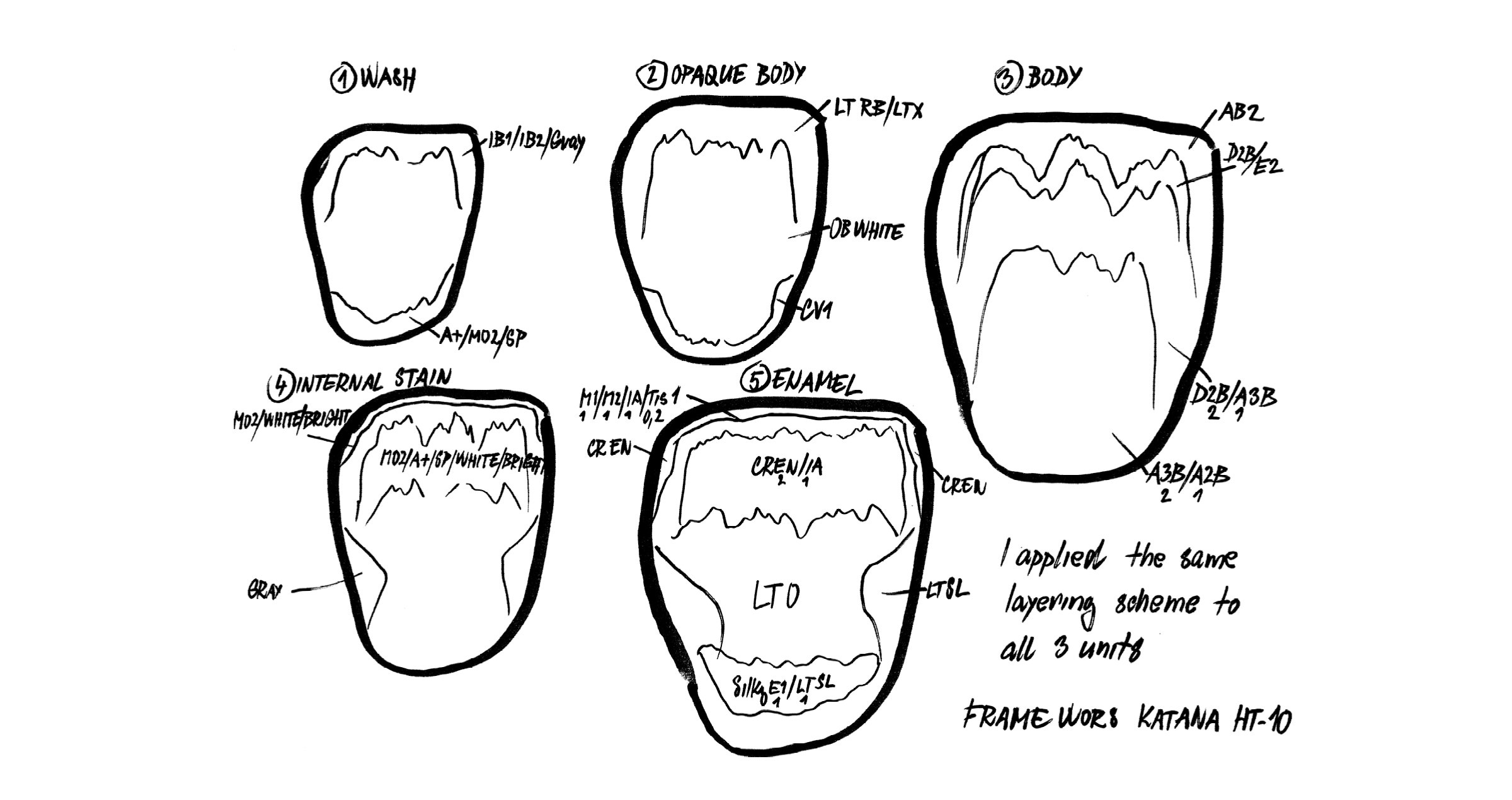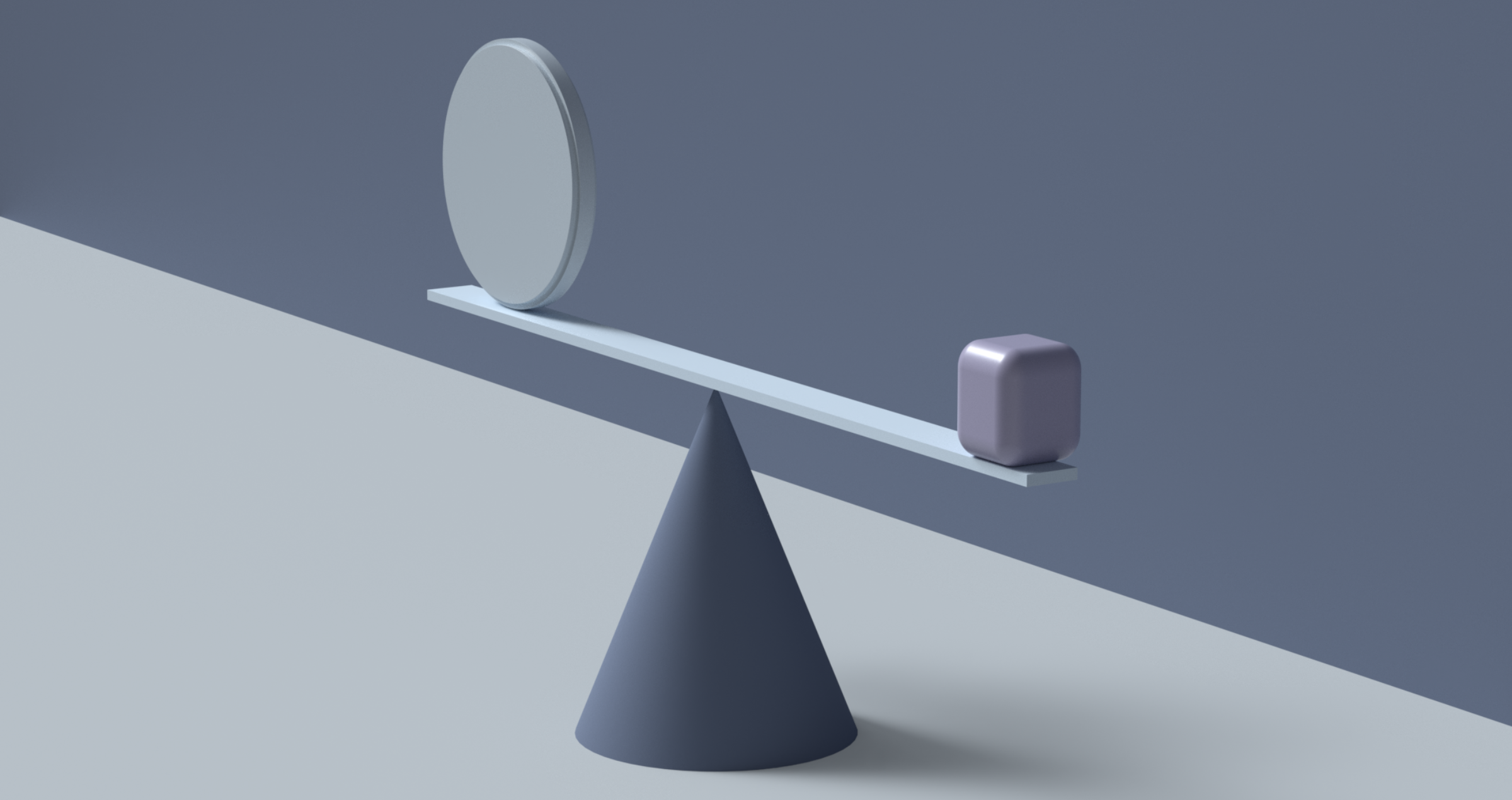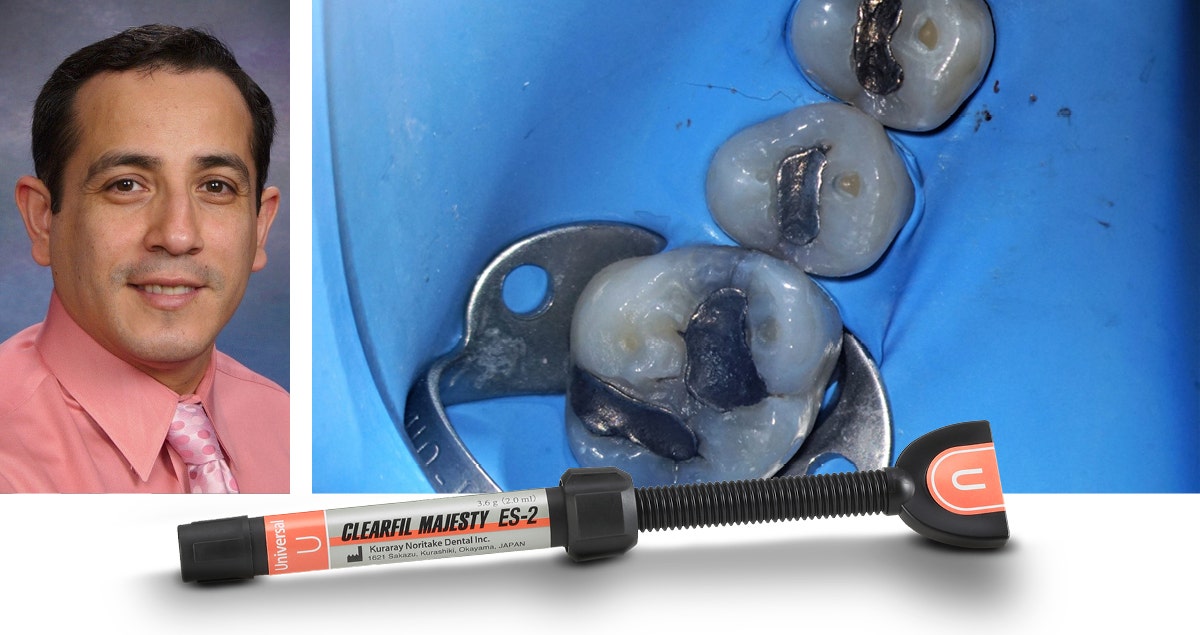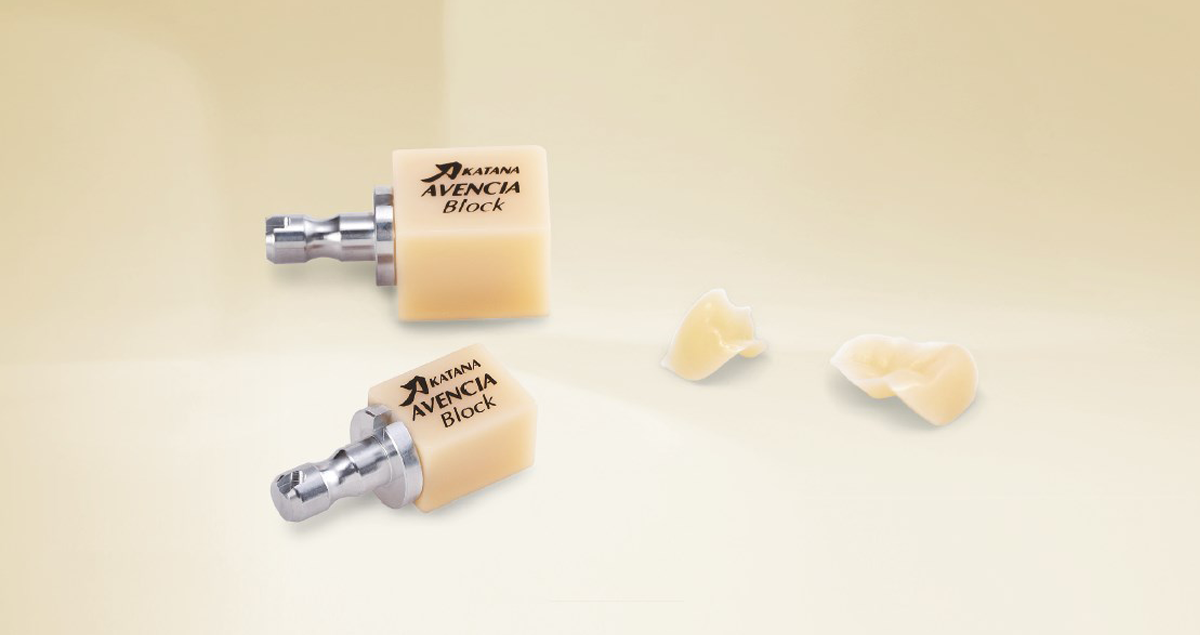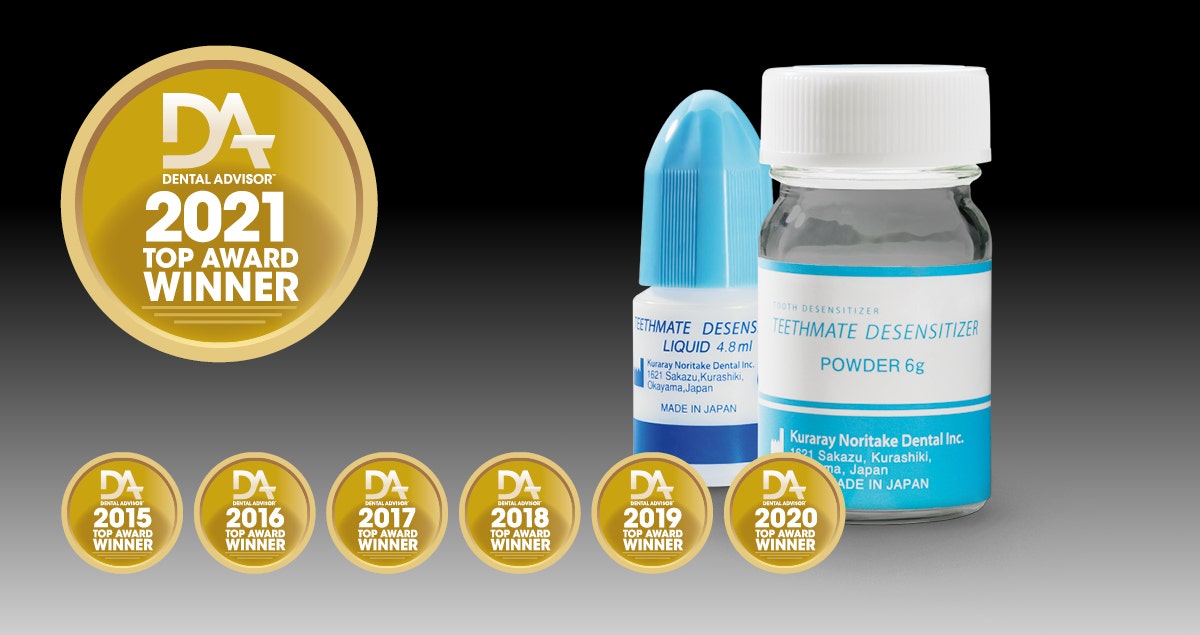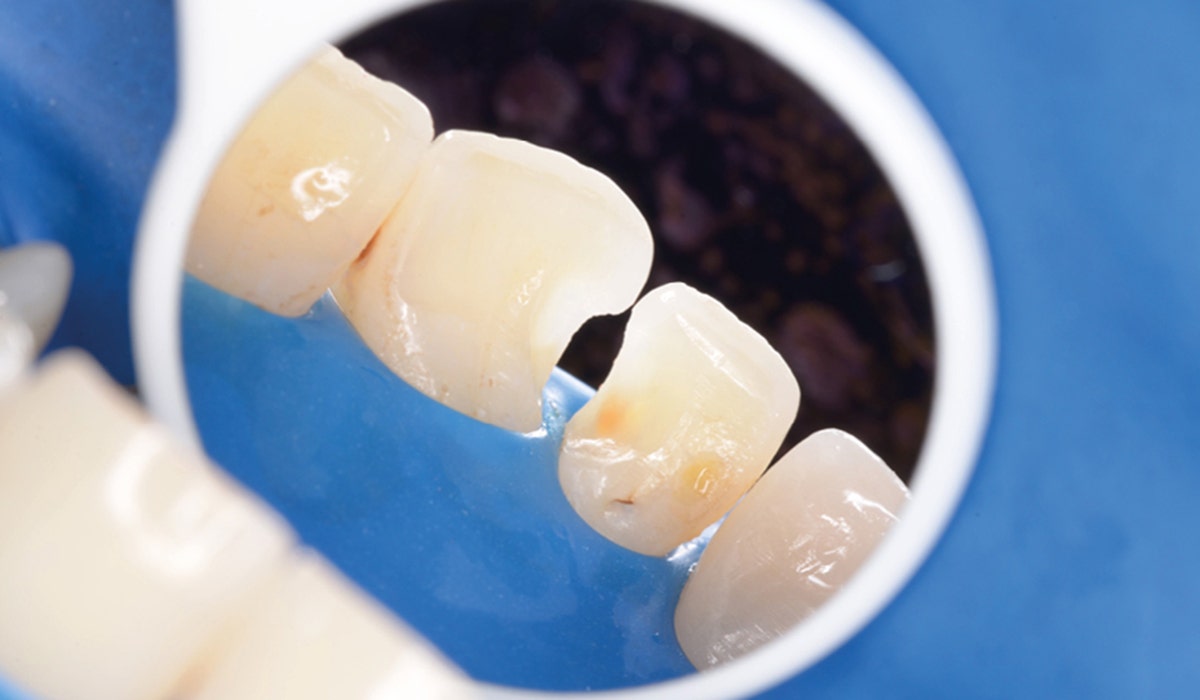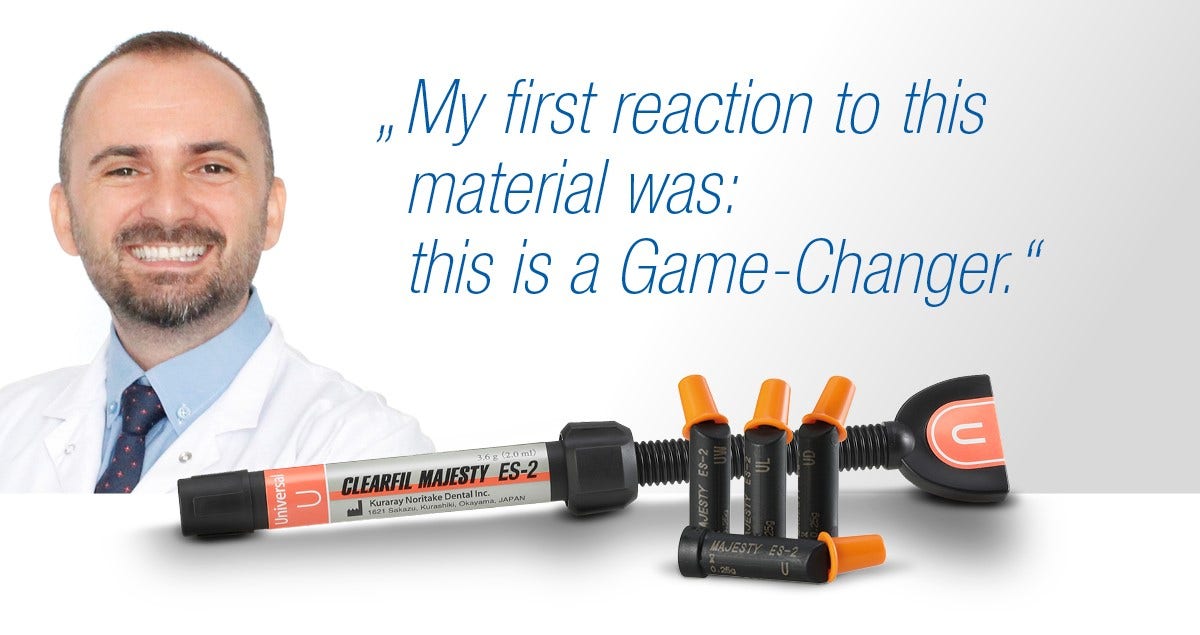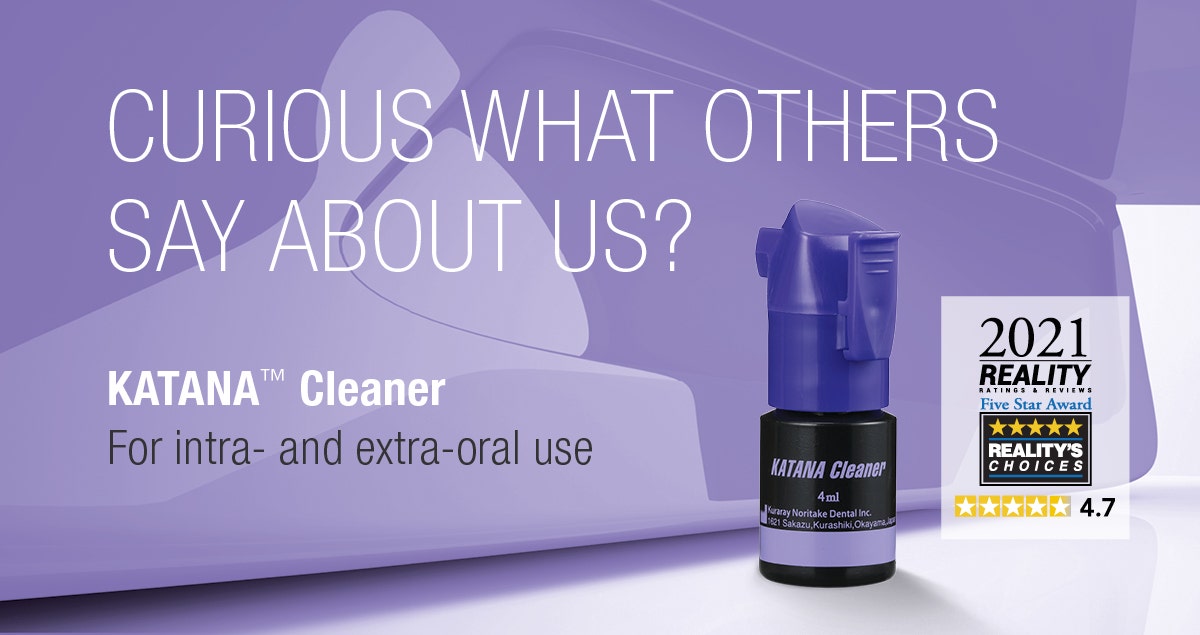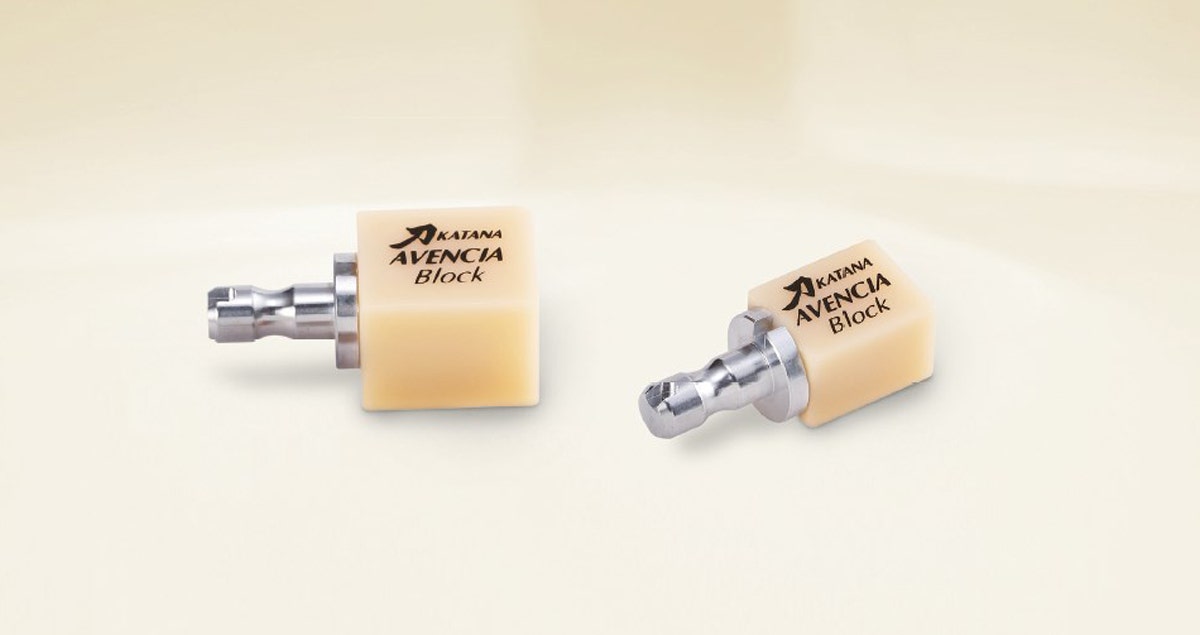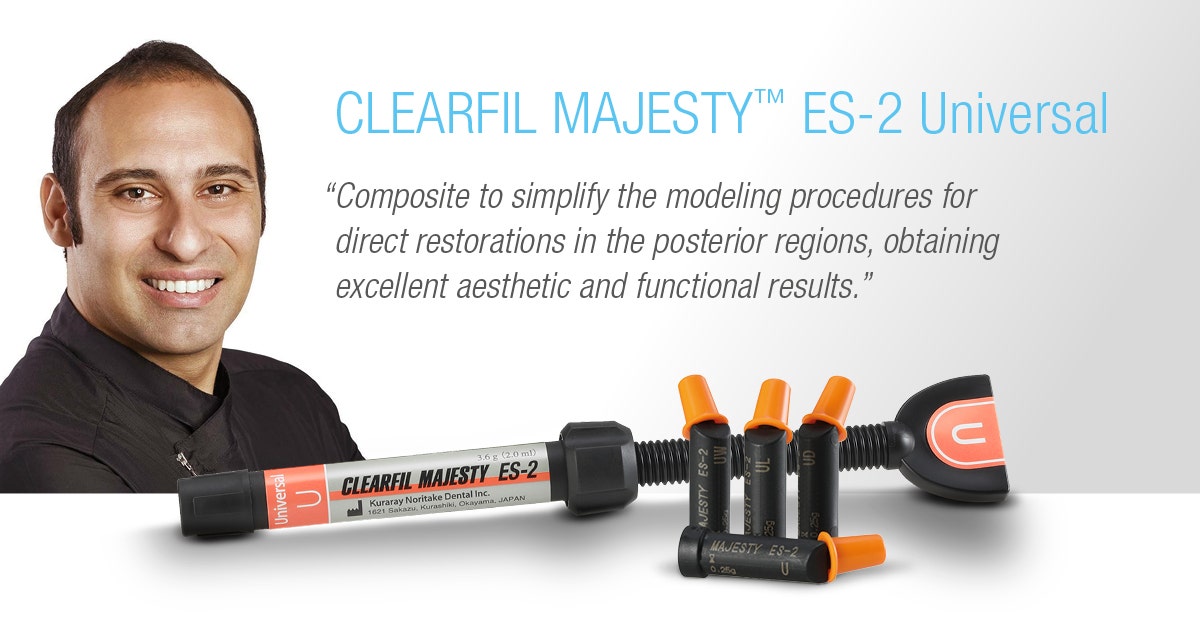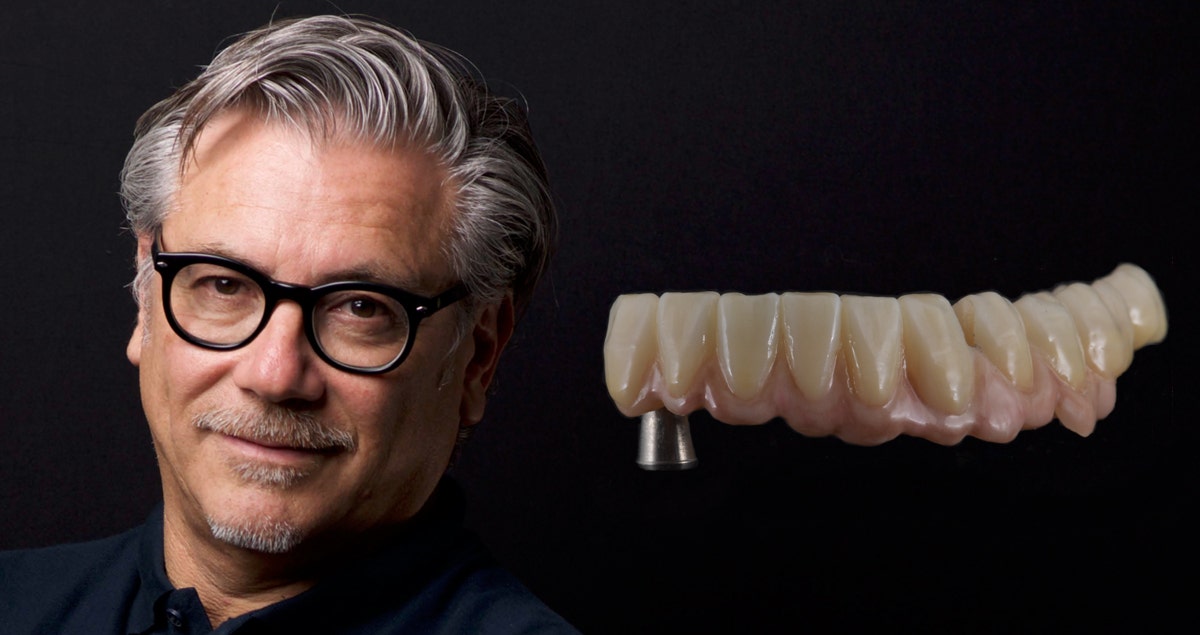Case by Dr. Cyril Gaillard
In the past few years, the number of patients diagnosed with sleep apnea has increased. Fortunately, we can propose different options of treatments today, which can provide positive clinical results and improve the quality of life of our patients.
This clinical case presents the use of a new CAD-CAM material, KATANA™ AVENCIA™ block, produced using the unique manufacturing method of Kuraray Noritake Dental, which offers remarkable mechanical properties.
The goals of the treatment are:
- Biological and minimally invasive, when it comes to teeth (non-invasive), periodontics, and occlusion (muscular and articular).
- To maintain health on the long-term (ease of hygiene).
- To re-establish an effective function (mastication) without compromising aesthetics.
This article presents the rehabilitation of a patient suffering from sleep apnea, integrating the concept of minimally invasive and adhesive dentistry with most importantly, functional dentistry by identifying precisely the occlusal concept and mandibular position given to the patient.
The forty-year-old patient came to the office for his annual check-up. During initial examination, we discussed his problem of sleep apnea and the fact that he feels uncomfortable with his occlusion.
The extra-oral exam revealed a largely reduced lower face area. We noted the presence of a crown in the place of tooth #46 and amalgams on the molars. The crown had to be removed and the root extracted, one implant would be placed.
The patient told us he did not suffer from muscle spasms nor from articular pain, but conveyed an increasing discomfort during mastication and a constant search for the right position to his mandible.
Based on my diagnosis, it was judged that the treatment with KATANA™ AVENCIA™ is within the scope of indications since the occlusion problem is a minor issue.
TREATMENT PLAN
To create the treatment plan, we always follow the same steps:
- Discussion with the patient to identify his or her wishes and limitations in terms of treatment.
- Occlusal planning, search for the appropriate mandibular position in order to determine the quantity of destroyed dental tissue; this is done by TENS machine.
- Periodontic diagnosis and support teeth.
We proceed in the following manner for the treatment:
- Cleaning of all teeth.
- Complete in-mouth mock-up for the lower arch.
- The mock-up will be left in the mouth in order to validate the new occlusion.
- Use of CAD-CAM technology to create the definitive prostheses, integrating the concept of minimally invasive dentistry. We will use KATANA™ AVENCIA™ block as material for the overlays.
Initial situation with occlusion troubles causing discomfort during mastication.
Once the mock-up had been placed in the mouth, it was necessary to test the new occlusion and adjust if needed. The mock-up was milled in PMMA by Roland DG Corporation milling machine.
The teeth are prepared through the mock-up to be as minimally invasive as possible. The thickness is 1,5 mm for occlusal and 1 mm for buccal surface.
Overlays and crown(s) on implant were designed by 3Shape software (3Shape A/S) and milled by Roland milling machine. The final restorations were created using two digital impressions. On the impression of the preparations, the cervical limits were marked. Next, the software matched the two impressions by subtraction and proposed the shape of the restorations to be milled.
These restorations are the exact copy (morphology) of what the patient wore in his mouth for two months. If the work is done by section, it is easier for the computer to match the impressions.
KATANA™ AVENCIA™ block was milled.
Polishing of the restoration with CLEARFIL™ TWIST DIA.
After milling, the restorations were stained using a 3D staining technique. 3D staining requires a specific sequence to create 3D optical illusions.
Final esthetic results after staining.
A classic bonding procedure was followed with PANAVIA™ V5. To begin, all KATANA™ AVENCIA™ elements were tried one by one for validation and adjustment, then all together to check the contact points.
Rubber dam was placed on the mandible. The intrados of the elements were blasted with alumina power, then we applied K-Etchant gel, rinsed well and dried. A layer of silane was applied (CLEARFIL™ CERAMIC PRIMER PLUS) for 60 seconds* then dried.
Application of K-Etchant gel for 30 seconds on enamel. Surfaces were rinsed, dried, and the adhesive PANAVIA™ V5 Tooth Primer was applied, left for 20 seconds, then dried.
Restorations were bonded one by one with PANAVIA™ V5 Paste. The excess was removed and the final photo-polymerization using glycerin was performed.
A final polishing was performed with CLEARFIL™ TWIST DIA.
To conclude, the occlusion was verified in static position with cuspfossa contact, then laterality, propulsion, and finally mastication.
Final situation. We can observe a good and esthetic integration of the restorations. A long term follow-up should be necessary to confirm the success of the treatment.
FINAL SITUATION
“KATANA™ AVENCIA™ MAKES MY DAILY WORK EASIER… AND MY PATIENTS ARE HAPPY”
Dentist:
DR. CYRIL GAILLARD
DENTAL SURGEON AND CEO OF GAD-CENTER
PRIVATE PRACTICE, BORDEAUX
1998 Graduated from the University of Bordeaux
2000 CES Fixed Prostheses
2002 DU of Implantology, University of Bordeaux
2002 SAPO Implant
2003 Certificate Bone grafting
2006 of Maxillo Faciale Surgical Rehabilitation, Paris VII
CES of Anatomy Physiology
CES of Removable Prostheses




